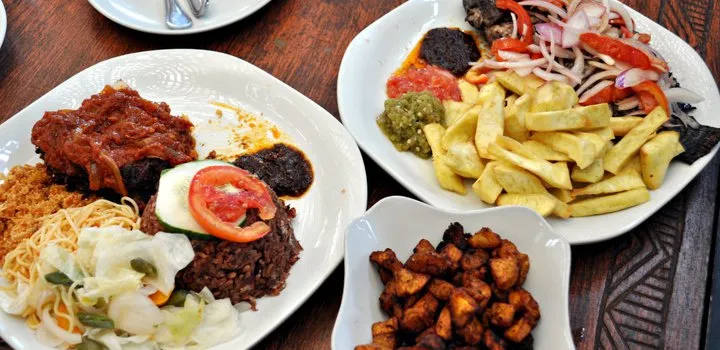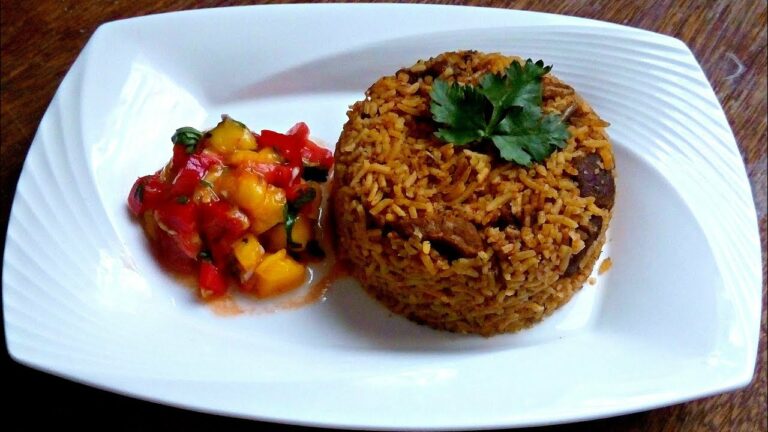Introduction: Examining Malawi’s cuisine
Malawi’s cuisine is a reflection of the country’s history, geography, and cultural diversity. Located in southeastern Africa, Malawi boasts a rich culinary heritage that has been shaped by various influences over the years. From the traditional dishes of the indigenous people to the ingredients introduced during the colonial period, Malawi’s cuisine is a fascinating blend of flavors, spices, and techniques.
In this article, we will explore the influences of Malawi’s history and colonial period on its cuisine. We will examine the traditional dishes that have been passed down through generations, as well as the new ingredients and cooking methods that were introduced during the colonial era.
Understanding Malawi’s history
To understand the influences of Malawi’s history on its cuisine, we must first look at the country’s past. Malawi was originally inhabited by various indigenous groups, including the Chewa, Tumbuka, and Nyanja. These groups had their own unique culinary traditions, which were based on the local crops and livestock available in their regions.
In the late 19th century, Malawi became a British protectorate known as Nyasaland. The British colonial period lasted until 1964, when Malawi gained its independence. During this time, the British introduced new crops and cooking techniques to the country, which had a lasting impact on Malawi’s cuisine.
The impact of colonialism on Malawi’s cuisine
The colonial period had a significant impact on Malawi’s cuisine. The British introduced new ingredients such as wheat, potatoes, and rice, which became staples in Malawian cooking. They also introduced new cooking techniques, such as baking and frying, which were not previously used in traditional Malawian cuisine.
One of the most significant changes brought about by colonialism was the introduction of tea. Tea became a popular beverage in Malawi and is still consumed today. British influence can also be seen in the popularity of fish and chips, which is a common dish in Malawi.
Traditional dishes and their colonial influences
Despite the impact of colonialism, Malawi’s traditional dishes have remained an important part of the country’s cuisine. One such dish is nsima, a staple made from maize flour that is served with various stews and sauces. While the dish has remained largely unchanged over the years, the ingredients used in the stews and sauces often reflect the influence of colonialism.
For example, a popular stew in Malawi is made with pumpkin leaves and peanut butter, which were both introduced by the British. The peanut butter was used as a substitute for the traditional groundnut flour, which had become scarce due to the introduction of cash crops like tobacco.
Ingredients introduced during the colonial period
In addition to tea, potatoes, and rice, the British introduced other ingredients that are now commonly used in Malawian cooking. These include tomatoes, onions, and various spices such as curry powder and cumin.
The introduction of these ingredients allowed for the creation of new dishes and the adaptation of traditional ones. For example, a common dish in Malawi is chambo, a type of fish that is often cooked with tomatoes and onions. This dish reflects the influence of British ingredients and cooking techniques.
Conclusion: Tracing the roots of Malawi’s cuisine
In conclusion, Malawi’s cuisine has been shaped by various influences over the years. From the traditional dishes of the indigenous people to the ingredients introduced during the colonial period, Malawi’s cuisine is a fascinating blend of flavors, spices, and techniques.
While the impact of colonialism is evident in Malawi’s cuisine, traditional dishes have remained an important part of the country’s culinary heritage. By understanding the roots of Malawi’s cuisine, we can gain a deeper appreciation for the cultural, historical, and geographical factors that have shaped this unique culinary tradition.



